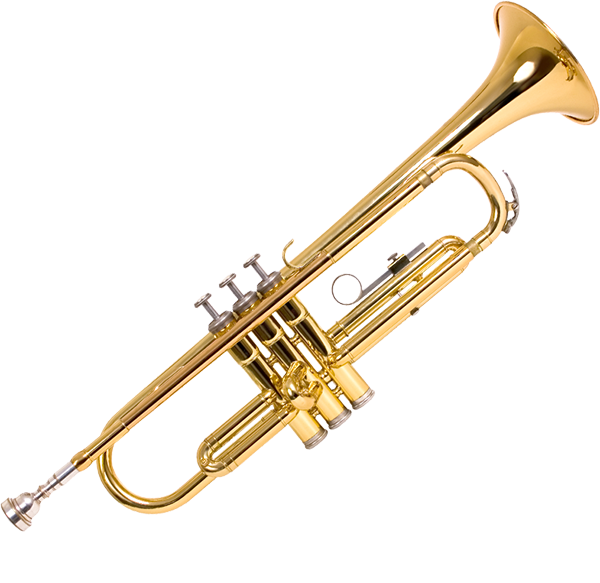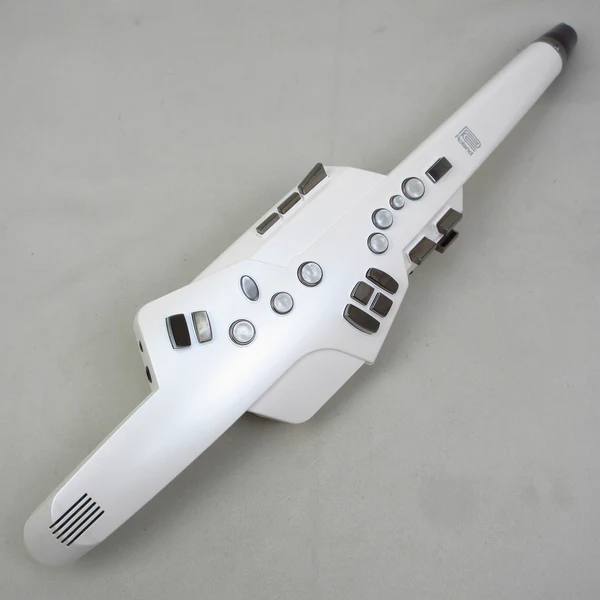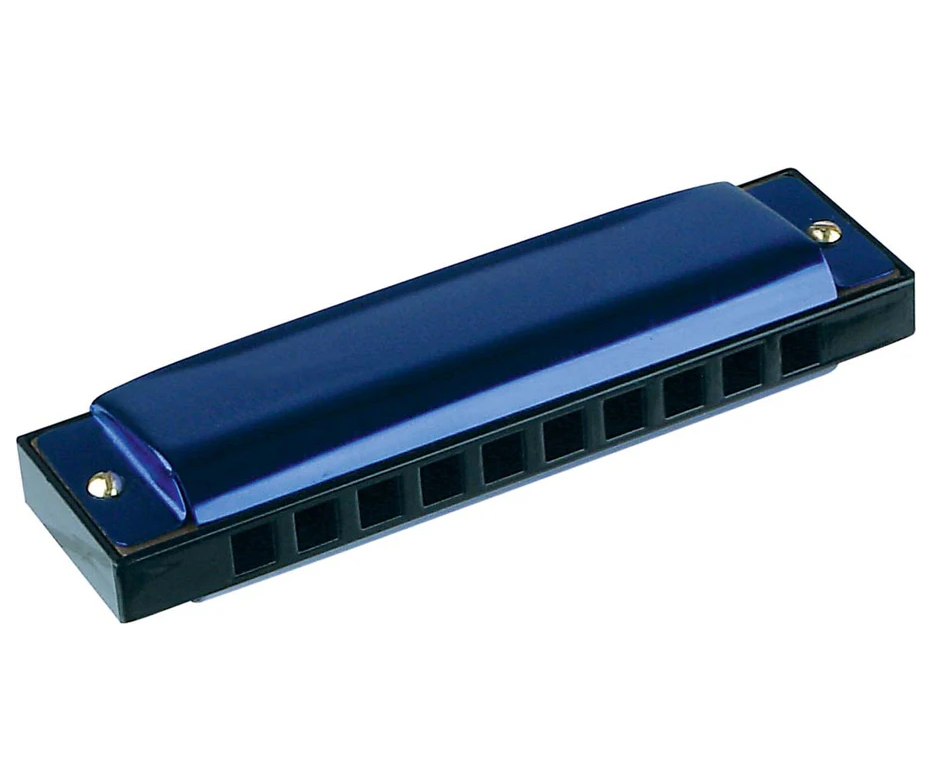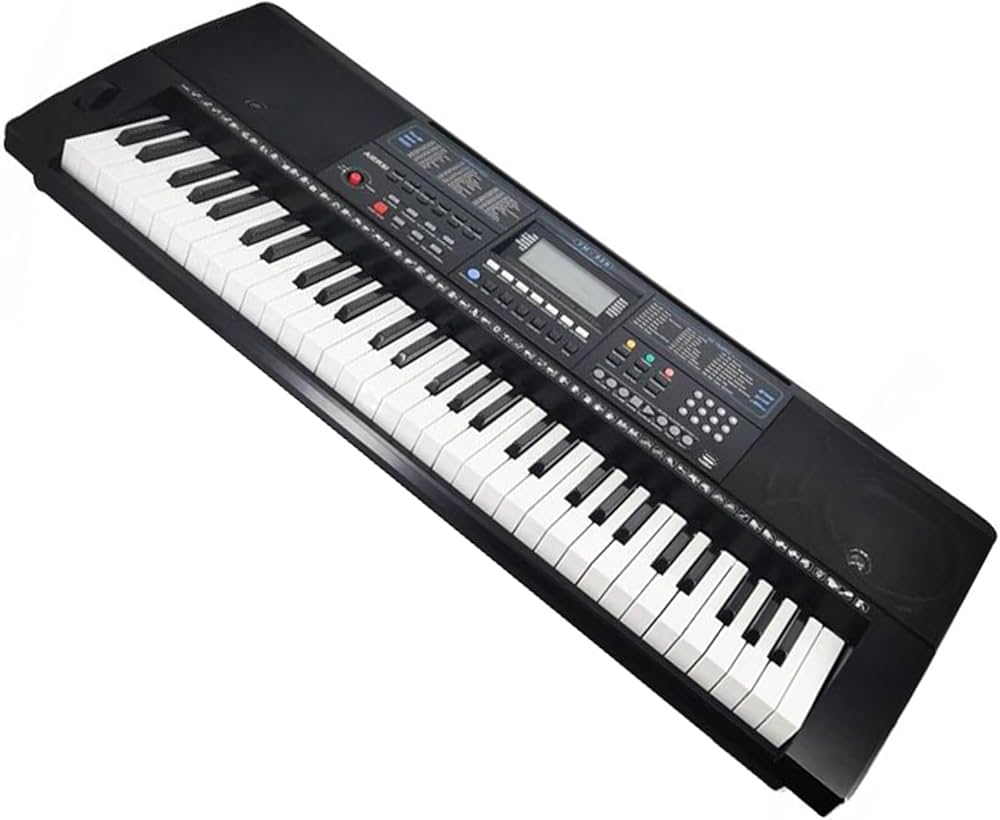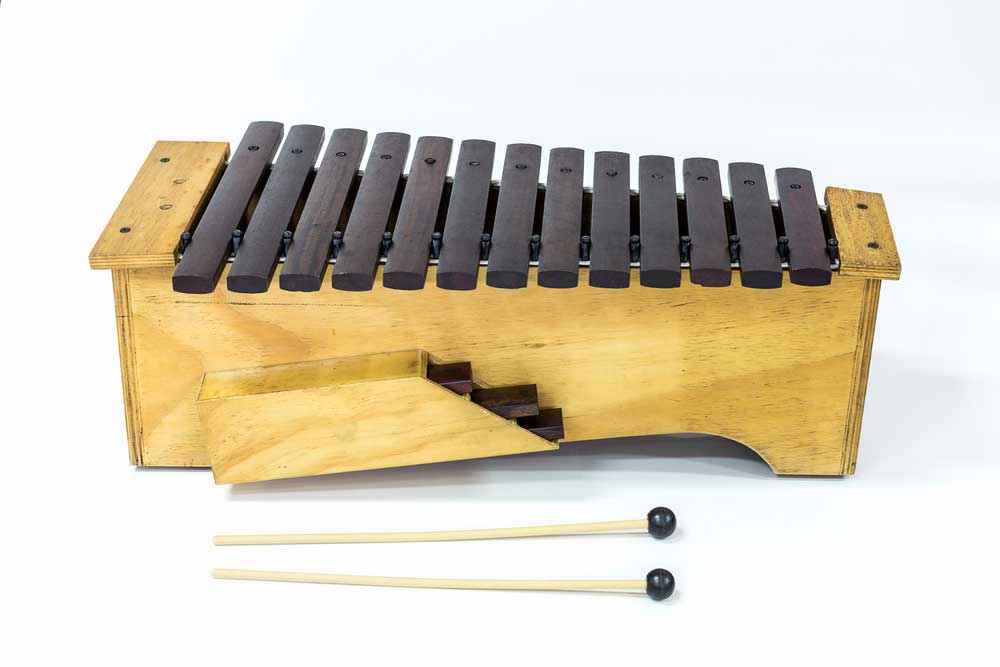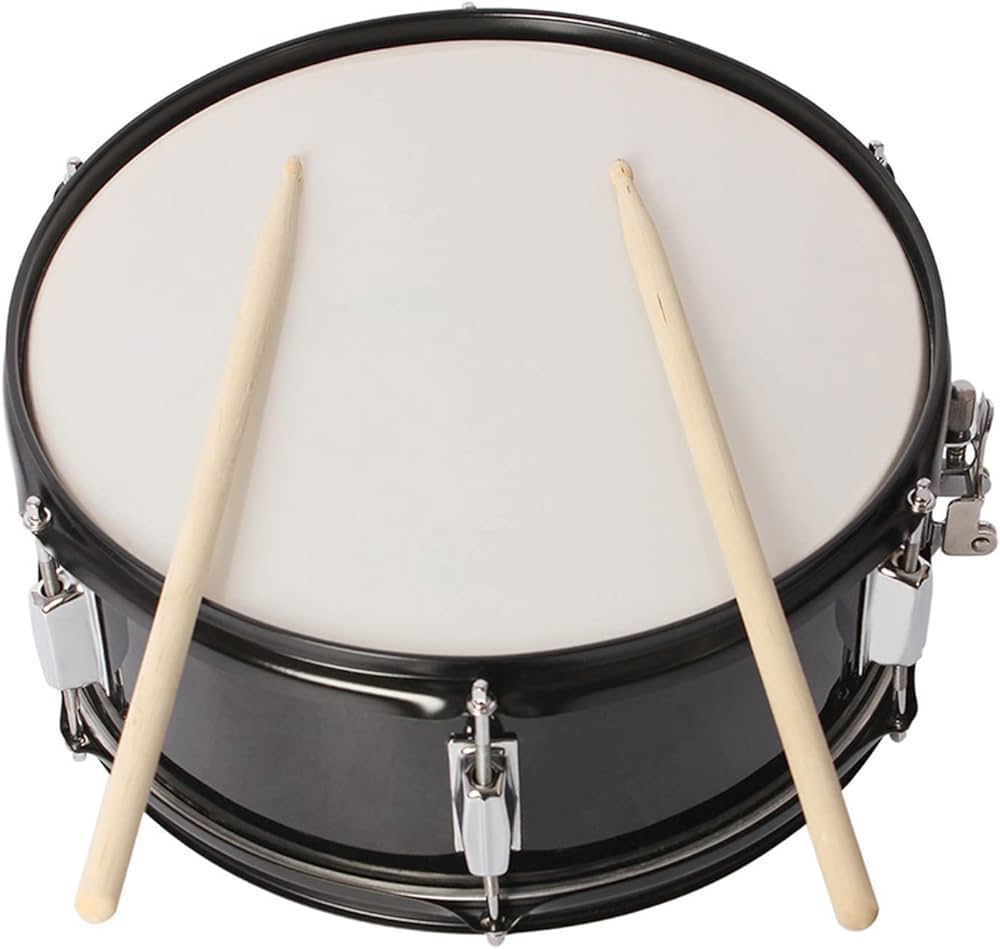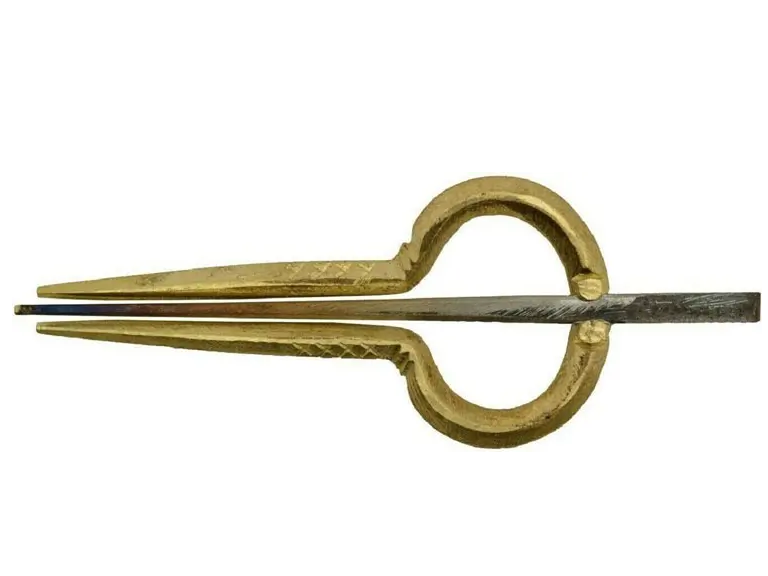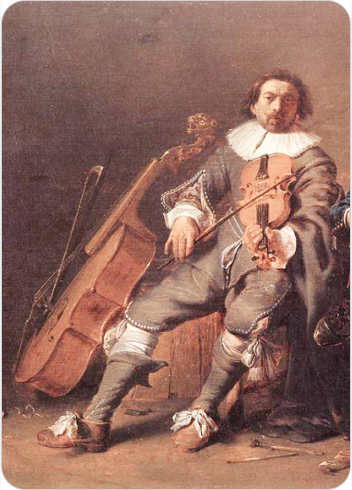Morsing
Percussions
Asia
Between 0 and 1000 AD
Video
The Morsing, also known as the Morchang in some regions, is a small, metallic, tongue-played percussion instrument classified as a type of Jew’s harp. It is a simple yet unique musical instrument used extensively in folk and classical traditions in India, particularly in Rajasthan, Tamil Nadu, Karnataka, and Andhra Pradesh. The instrument consists of a horseshoe-shaped metal frame with a thin, flexible metal tongue, also known as the reed, attached at the center. The reed is the primary vibrating component, producing the distinctive twanging sound when struck and manipulated by the player.
The Morsing belongs to the category of lamellaphones, which are instruments that produce sound through the vibration of a flexible tongue or lamella. This instrument is played by placing it against the lips or teeth and striking the reed with a finger while modulating the sound by altering the shape of the mouth cavity. It is often used as a rhythmic accompaniment in various musical styles, ranging from folk performances to Indian classical music.
Although the Morsing appears simple in structure, it requires considerable skill and technique to master. The player must control breath modulation, tongue movement, and hand coordination to produce variations in pitch and rhythm. The sound of the Morsing is distinctive, characterized by a buzzing, resonant quality that blends well with other traditional instruments.
History and Origin
The Morsing has an ancient history that dates back several centuries. While its exact origins remain uncertain, historical evidence suggests that the instrument was widely used in India and other parts of Asia as early as the 4th century CE. The instrument is believed to have originated in the Indian subcontinent and later spread to other parts of the world, including Southeast Asia and Europe.
Continental Origins and Early Mentions
The Morsing is thought to have emerged in South Asia, with its presence recorded in early Indian texts and artistic depictions. Some scholars believe it has connections to ancient Tamil and Rajasthani musical traditions, where it was used both as a solo instrument and as part of larger ensembles. Over time, it became an integral part of folk and classical music traditions, particularly in Carnatic and Hindustani music.
Apart from India, similar instruments have been found in China, Mongolia, and Southeast Asian countries like Vietnam and Indonesia, where they are known by different names and slightly varied structures. In Europe, a version of the instrument, known as the Jew’s harp, gained popularity in the medieval period, with mentions in historical records from the 12th and 13th centuries.
However, the Morsing as known in India has remained distinct in its playing technique, tonal quality, and cultural significance. It has been deeply embedded in Indian musical traditions for centuries, particularly in folk and devotional performances.
Evolution Over Centuries
Throughout history, the Morsing has undergone various modifications while maintaining its basic structure and playing technique. It was originally crafted from natural materials like bamboo, wood, and animal bones before metalworking techniques improved its durability and tonal richness. Over the centuries, Indian craftsmen began making Morsings from iron and steel, which enhanced their resonance and allowed for more precise tuning.
During the medieval period, the Morsing became a popular accompaniment in classical music, particularly in the Carnatic tradition of South India. It was commonly used alongside the mridangam, ghatam, and kanjira, providing a rhythmic foundation for compositions. The instrument also found a place in Rajasthani folk music, where it was played during traditional dance performances and storytelling sessions.
Types and Features
The Morsing comes in various designs, each catering to different playing styles and musical traditions. Though the basic structure remains the same, variations exist in terms of size, shape, and the material used.
Structural Features
Frame: The Morsing typically consists of a horseshoe-shaped metal frame, which serves as the body of the instrument. The frame is designed to be held against the teeth or lips during play.
Reed (Tongue): The central vibrating component, made of a thin, flexible metal strip, is fixed at one end while the other end remains free to vibrate. The shape and thickness of the reed affect the sound quality and tonal characteristics.
Size Variations: Different sizes of Morsings exist, with larger ones producing deeper tones and smaller ones producing higher-pitched sounds. The tuning of the instrument can vary depending on the musician’s preference and the musical context.
Variants Based on Region
South Indian Morsing is used predominantly in Carnatic music, this type is finely crafted with precise tuning, ensuring compatibility with classical compositions. Rajasthani Morchang is often larger and more robust, used in folk music to create rhythmic and percussive effects. North Indian and Bengali Variants are similar in structure but may differ slightly in shape and sound due to regional playing styles.
Work Mechanics and Playing Technique
The Morsing’s playing mechanics rely on a combination of striking the reed, controlling airflow, and manipulating oral resonance to create different tonal variations. Mastering the instrument requires precision, coordination, and rhythmic control.
Basic Playing Technique
The Morsing is placed against the front teeth or lips, ensuring firm contact between the frame and the mouth. This positioning allows the vibrations of the reed to resonate within the mouth cavity. The musician uses their index finger or thumb to pluck or strike the reed. This action initiates the vibration, producing a characteristic buzzing sound. By inhaling and exhaling through the mouth while playing, the musician can alter the pitch and intensity of the sound. This breath control adds a dynamic quality to the performance. The shape and position of the tongue, as well as jaw movement, influence the resonance and tonal quality of the Morsing. Changing the mouth’s shape allows for the creation of different notes and sound effects.
Role in Music
The Morsing plays a vital role in various musical traditions, serving as both a rhythmic and melodic instrument. It is particularly valued for its ability to produce complex patterns and enhance the overall texture of musical compositions.
Classical Music Integration
In Carnatic music, the Morsing is an integral part of percussion ensembles, often accompanying instruments like the mridangam and kanjira. It provides rhythmic embellishments and adds depth to compositions. Skilled musicians can perform intricate rhythmic patterns, known as “solkattu”, on the Morsing, making it an essential component of classical concerts.
Folk and Traditional Music
In Rajasthan, the Morchang is widely used in folk performances, particularly in traditional storytelling, puppet shows, and dance accompaniments. It is often played alongside instruments like the dholak and sarangi, creating lively and energetic rhythms. The instrument’s vibrant sound complements folk singing and dancing, enhancing the overall performance.
Contemporary and Fusion Music
In modern times, the Morsing has found a place in fusion music, blending with electronic and global musical styles. Some experimental musicians incorporate the Morsing into jazz, rock, and electronic compositions, exploring its versatility beyond traditional settings.
Significance of the Morsing
Beyond its musical applications, the Morsing holds cultural, spiritual, and historical significance.
The Morsing is deeply embedded in the cultural heritage of India, particularly in South Indian and Rajasthani traditions. It is often associated with rural life, traditional storytelling, and devotional practices. Many folk musicians consider it an instrument of connection between the past and present, preserving musical traditions for future generations. Due to its resonant vibrations, the Morsing is sometimes used in meditative and spiritual practices. Some musicians believe that playing the instrument creates a calming effect, aiding in relaxation and focus. Its rhythmic nature also aligns with certain yogic breathing techniques, making it a tool for enhancing mindfulness.
Revival and Modern Recognition
Despite its ancient origins, the Morsing continues to be relevant in contemporary music. Efforts by musicians and cultural organizations have helped revive interest in this instrument, ensuring its place in both traditional and experimental music. Modern performances often feature the Morsing in innovative ways, demonstrating its adaptability across genres.
FAQ
How does the morsing produce sound?
The morsing produces sound when its metal tongue is struck, causing it to vibrate. The vibrations are amplified by the player's mouth cavity, which acts as a resonator. By changing the shape of the mouth, the player can modulate the sound and produce different tones and overtones.
What type of music is the morsing typically used in?
The morsing is typically used in Indian classical music, particularly in the Carnatic tradition of South India. It is also used in folk music in Rajasthan, where it is known as morchang.
What role does the morsing play in musical ensembles?
The morsing plays a significant role in musical ensembles by contributing to the rhythmic parts of the music. It often plays in time with other percussion instruments like the mridangam, helping to underpin melody and harmony with established rhythms.
 Links
Links
References
Other Instrument
Categories

